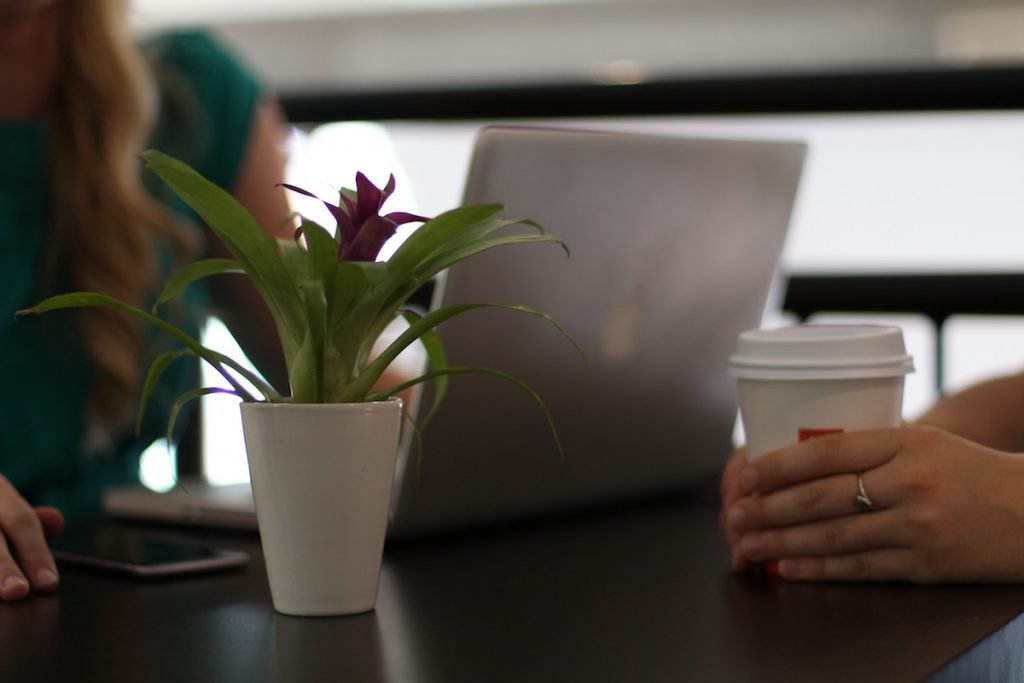Let’s face it – starting a business is NOT the most pleasant of experiences. Perhaps in a perfect world, we would open up shop and customers would instantly flock to us like seagulls after a French fry. However, we aren’t deep fried goodness and our consumers don’t have wings, so it’s just never going to be that easy.
Being a Brand Stylist and Graphic Designer, I know all too well how incredibly frustrated one may become when trying to effectively influence the right audience for his or her business. After banging their head off of their desk a few hundred times, clients often approach me with the same worry: “I know who I want to attract, but I’m confused as to what direction to go in.” This is where the fun really begins for me! The most important step in branding is to set the tone for your business. What exactly does this mean, you ask? You must determine the vibe you want to send out to your niche market. To begin the process I ask a series of demographic and psychographic questions in order to really enter the mindset of your ideal consumer and their lifestyle. A few of these include:
What is the age/marital status/location of your client?
What is her occupation and income level?
Is she an introvert or extravert?
How many hours does she work, per week?
What do her hobbies include?
The easiest way to understand this practice is for me to create a mock situation. Let’s pretend you are a budding Interior Designer. You like to stay current with trends and have a modern style. We have established that your perfect client is an outgoing, single fashionista between her mid-thirties to forties. She currently resides in New York City as an Advertising Executive for a busy firm and has owned a condominium for the last two years. Her annual salary is $83,000, working approximately 50 hours per week. Many of her evenings are spent dining out or attending dinner parties. In her little spare time, she can be found at the yoga studio or coffee shop with her closest friends.
Step two is deciding which visuals best represent our woman. This is where the mood board conceptualizes. I neatly layout a collage of colours, fonts, patterns and inspirational photographs that invoke a certain emotion. Because our client has a bubbly personality, building a joyful, bright and open space would suit her best. Now, let’s move on to our specific board elements:
Colours – Being young and fashionable, we want to stay with colours that reflect this. Black and white tones with a bold accent color generally convey this feeling. Metallics (such as gold or copper) have proven to be very popular as well, especially in the décor world. Never, and I mean never, choose a palette just because you are fond of a certain shade.
Fonts – Modern design can really go in two directions as far as fonts. One being a handwritten approach, while the other, a simpler font. Although you are creative and have an artistic side, you also want to be perceived as a high-end professional. Therefore, sticking with a safer font will prove to have more of an impact.
Patterns – Beautiful textures (like marble and slate) or patterns with clean lines demonstrate a sophisticated appeal, but still attract a younger crowd.
Images – This is where you want to incorporate photographs that best represent your brand. In this example, I would showcase interior pictures of how the space would be utilized based on the client’s precise style.
Below is one example of how this board might be arranged based on the above information:
And just like that, your brand baby is born! This will also act as inspiration for your logo design afterwards.
My advice to new businesses, or perhaps one looking to re-brand, is to begin a folder or Pinterest board and save images on a regular basis that draw you in. (This shouldn’t be too hard; honestly who doesn’t enjoy looking at pretty things?) These also include visuals that would captivate your target group. Over time, you can go back and review to see if your objectives have changed.
Efficient branding is an ongoing process that should never be overlooked. Take the time, do the boring and tedious research, and most importantly, invest in an experienced graphic designer that will bring your brand to life. Think of it as setting a first impression. Studies prove a potential customer will base their opinion of your company in the first seven seconds. Make sure it’s a satisfying one.

